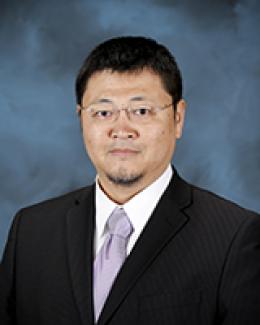Abstract
As part of an effort to develop advanced fuel cladding for use in light water reactors, several ORNL-developed FeCrAl alloys were tested in BWR conditions to determine their resistance to hydrothermal corrosion. Coupons with alloy compositions Fe-10Cr-6Al-2Mo, Fe-13Cr-5Al-2Mo, Fe-13Cr-6Al-2Mo, Fe-13Cr-7Al-2Mo, and Fe-13Cr-5Al-2Mo-1Nb were tested in BWR-NWC and BWR-HWC for 9 months in continuously refreshing autoclaves. Commercial APMT and Zircaloy-2 were also tested for comparison. Among samples exposed to HWC, Alloy C06M (10Cr-6Al) performed best, with a mass loss of 0.34 mg/cm2 over 9 months, and C037M performed worst with a mass loss of 1.2 mg/cm2 over 9 months. This mass loss was similar to Gen-1 FeCrAl alloys, and represents an estimated annual thickness loss of approximately a few µm per year. Samples exposed to NWC had very small mass losses of less than 0.15 mg/cm2 or mass gains up to 0.05 mg/cm2. These represent very small annual losses in thickness. Based on the results of this testing, the Gen-2 FeCrAl alloys tested have suitable resistance to hydrothermal corrosion for use as fuel cladding in BWR-NWC and BWR-HWC conditions.


